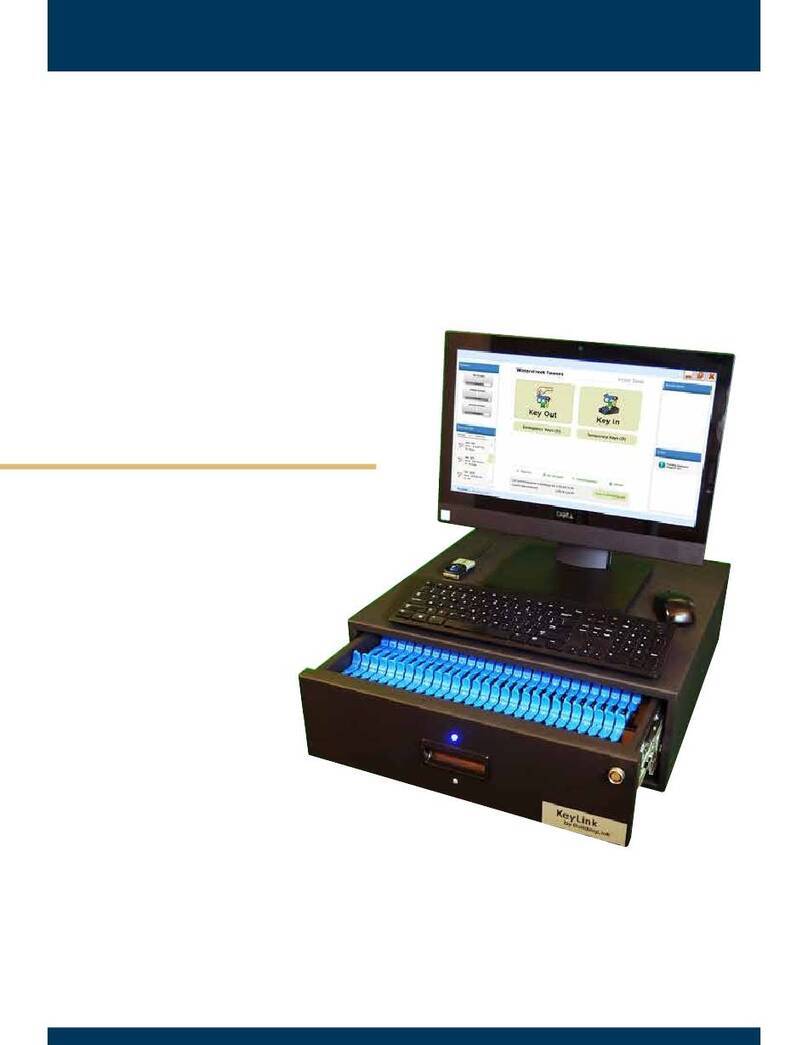
S3-915M User manual
2. Terms and definitions
2.1 LoRa
LoRa is one of the LPWAN communication technologies, the full name is Long Range Radio; the company that currently
dominates the technology is the semtech company;
LoRa's main ISM brand is available worldwide for free bands: 433MHz, 470MHz, 868MHz, 915MHz, etc.
Features: Low power consumption, long distance, low cost.
2.2 LoRaWAN
The LoRa Alliance is an open, non-profit organization led by Semtech in March 2015. The Alliance publishes a
low-power WAN standard based on the open source MAC layer protocol: the LoRaWAN protocol standard.
Network topology: star structure
Network composition: LoRa module, gateway (Gateway or base station), Server (including Network Server, Network
control, Application Server).
LoRaWAN divides the LoRa nodes into three categories: A/B/C:
Two-way transmission terminal(Class A):
Class A's terminal will follow two short downlink receiving windows after each uplink to achieve two-way
transmission. The terminal arranges transmission time slots based on its own communication requirements, with a small
change on the basis of random time (ie, ALOHA protocol). This Class A operation provides the lowest power
consumption end system for the application, and only requires the application to perform downlink transmission of the
server in a short time after the terminal uplink transmission. The downstream transmission of the server at any other time
has to wait for the next uplink of the terminal.
Two-way transmission terminal delineating a reception slot(Class B):
Class B terminals have more receive slots. In addition to Class A's random receive window, Class B devices also
open other receive windows at the specified time. In order for the terminal to open the receiving window at a specified
time, the terminal needs to receive a time-synchronized beacon (Beacon) from the gateway. This allows the server to
know when the terminal is listening.
Two-way transmission terminal that maximizes the reception slot (Class C):
The terminal of Class C basically keeps the receiving window open, and only closes briefly when sending. Class C
terminals consume more power than Class A and Class B, but the delay from the server to the terminal is also the
shortest.
Note: The E78-470LN22S supports both Class A and Class C device types.
2.1.3 ADR
ADR Chinese is called adaptive data rate. In the loraWan network system, in order to maximize the battery life and
overall network capacity of the terminal device, the LoRaWAN network server separately manages the data rate and RF
output of each terminal device through an adaptive data rate (ADR) algorithm, through ADR technology, In the
LORAWAN system, the server automatically updates the rate of setting the node according to the signal receiving
capability of the node. The distance is far, the rate is low, and the distance is high, so the actual bandwidth greatly
improves the effective bandwidth and load capacity of the network.




























